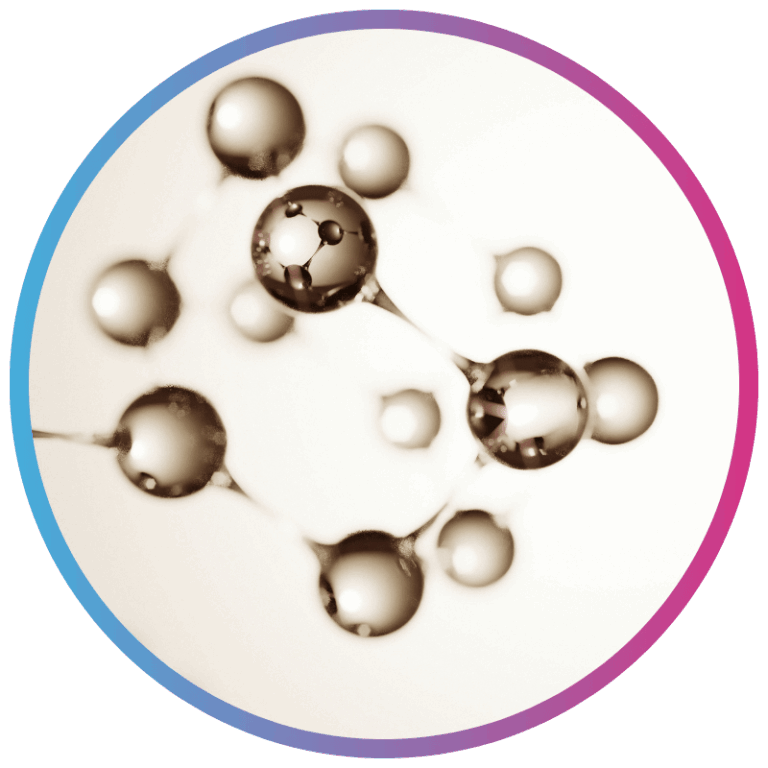Overview
A leading global cosmetics brand aimed to accelerate product development in skin depigmentation for the APAC region. Leveraging bioinformatics services and advanced bioinformatics tools, Excelra applied a data-driven approach to identify and reposition existing active ingredients. This strategy enabled faster innovation, reduced regulatory hurdles, and ensured regional relevance, creating a high-confidence shortlist of potential candidates for rapid market deployment.

Our client
A leading global cosmetics and personal care brand with a strong presence in the APAC region, the client was focused on accelerating innovation in dermatology, particularly skin depigmentation. With an established reputation for safe and effective skincare solutions, the client sought to strategically reposition existing active ingredients to meet regional consumer needs. Their goal was to balance scientific rigor, regulatory compliance, and speed-to-market while maintaining sustainability and brand leadership in a highly competitive sector.

Client’s challenge
The client faced several key hurdles in introducing new skin depigmentation solutions:
- Slow pace of discovering novel active ingredients due to complex dermatology research requirements.
- High regulatory and safety evaluation hurdles in APAC markets.
- Need for region-specific efficacy tailored to diverse skin types, especially for hyperpigmentation.
- Pressure to accelerate product development timelines without compromising scientific integrity.
By applying bioinformatics services and leveraging scientific informatics pipelines, Excelra addressed these challenges while ensuring that repositioned ingredients met both regulatory and consumer expectations.

Client’s goals
The client sought to:
- Identify existing active ingredients suitable for skin depigmentation and adapt them for APAC markets.
- Leverage active ingredient repositioning strategies to reduce discovery and development timelines.
- Ensure efficacy and safety through data-driven, bioinformatics services-based evaluations.
- Align product development with regional consumer needs, sustainability priorities, and competitive landscape.
Excelra’s approach focused on combining literature mining, pathway analysis, and advanced bioinformatics algorithms to deliver actionable insights for strategic decision-making.
Our approach
Excelra employed a comprehensive, multi-disciplinary methodology combining advanced bioinformatics techniques, literature mining, and pathway analysis to identify potential candidates for active ingredient repositioning in skin depigmentation:
Phase I: Algorithm-Driven Identification of Active Ingredients
A multi-approach algorithm mapped associations between compounds, phenotypes, and targets. Data-driven methods included:
- Adverse Events & Structural Similarity – Identified active ingredients with side effects or structures similar to known dermatology treatments.
- Gene-Based Methods – Leveraged gene expression profiles, interactome mapping, and GWAS data to find relevant associations.
- Literature & Clinical Trials Mining – Extracted insights from scientific publications and ongoing clinical trials related to skin depigmentation.
Phase II: Shortlisting & Hypothesis Generation
The top 100 active ingredients were further analyzed to generate mechanistic hypotheses. The top 5 candidates were shortlisted based on:
- Approved Active Ingredients – Evaluated by regulatory approval in China or major markets, generic status, and topical administration suitability.
- Clinical Candidates – Focused on trial location (China prioritized), trial phase (Phase I preferred), and topical formulation potential.
Our solution
Excelra’s solution addressed the key challenges in dermatology innovation by focusing on active ingredient repositioning:
- Reduced early-stage development timelines using compounds with established safety profiles.
- Applied advanced bioinformatics and AI-driven algorithms to map molecular and clinical associations across targets, gene expression profiles, and compound structures.
- Leveraged literature and clinical trial mining to uncover hidden opportunities in ongoing global research, tailored specifically for APAC dermatological needs.
- Employed a multi-layered evaluation framework considering market approvals, topical formulation potential, and local trial data to ensure relevance to regional skin types and regulatory pathways.
The outcome was a high-confidence shortlist of five repositioned active ingredients, optimized for efficacy, safety, and strategic fit with APAC consumer needs.

Conclusion
Excelra’s integrative strategy combined bioinformatics services, AI-driven data analysis, and literature mining to tackle the dual challenge of innovation and speed in skin depigmentation development. Key outcomes included:
- 60% reduction in early discovery timelines, enabling faster market entry.
- Use of pre-approved, low-risk active ingredients, reducing regulatory and safety evaluation time.
- Strong alignment with regional consumer needs, particularly for hyperpigmentation prevalent in APAC skin types.
- Sustainable innovation pathways incorporating green chemistry and manufacturability considerations.
This collaboration demonstrated how advanced bioinformatics and active ingredient repositioning can bridge the gap between scientific research and commercial success, particularly in high-demand APAC markets.

